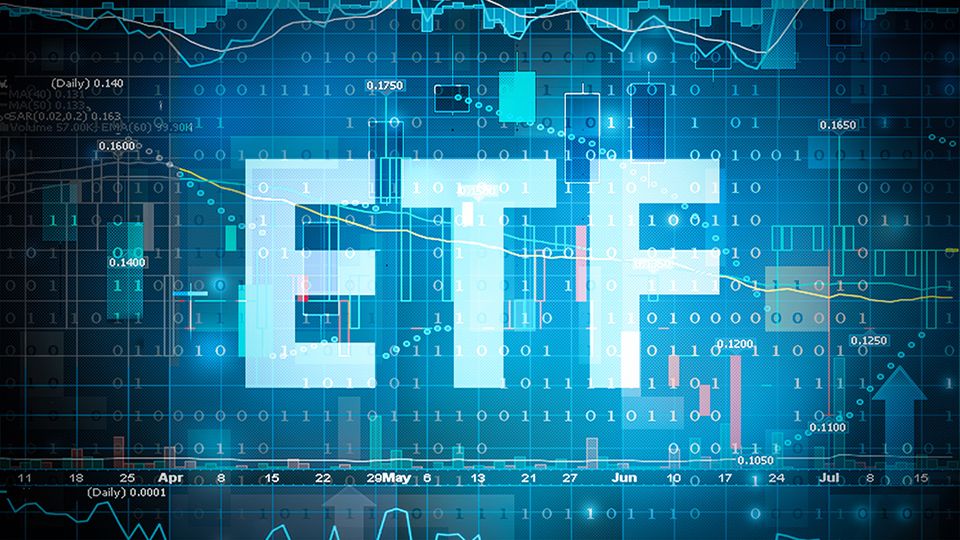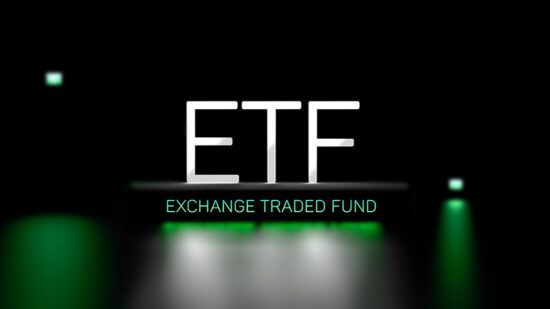ETFs categorised as Article 9 are performing worse on average on most Principal Adverse Impact indicators (PAIs), which refer to disclosure requirements under the EU’s Sustainable Finance Disclosure Regulation (SFDR), than Article 8 ETFs, a recent study has found.
They also show great misalignment with the UN’s Sustainable Development Goals than Article 8 counterparts.
In the report Dividing Lines: Matter sustainability analysis of the largest SFDR Article 8 and 9 ETFs, Matter Insights analysed the 60 largest ETFs that fall under UCITS regulation, and therefore fall under SFDR requirements, to understand why a large portion of the funds downgraded from Article 9 to Article 8 towards the end of 2022 were passive products. ETFs representing €290bn in assets were downgraded.
These ETFs were split under three categorisations:
1. Largest Article 8 ETFs pre-November 2022 – The 20 largest Article 8 ETFs by AUM, prior to the mass downgrade of ETFs from Article 9 to Article 8 between November 2022 and January 2023.
2. Largest ETFs downgraded from Article 9 to Article 8 – The 20 largest ETFs by AUM which downgraded from Article 9 classification to Article 8 classification between November 1st 2022 and January 2023.
3. Largest Article 9 ETFs post-January 2023 – The 20 largest remaining Article 9 ETFs by AUM, after the mass downgrade of ETFs from Article 9 to Article 8 between November 2022 and January 2023.
Among the key findings were Article 9 ETFs, which are largely majority thematic in focus, perform worse on average on the majority of PAIs under SFDR Level 2 – which discloses the negative effects on sustainability at both entity and product level – than either downgraded funds, the majority of which are Paris-aligned products, or pre-existing Article 8 funds.
Similarly, Article 9 ETFs are more likely to hold companies where the revenue generated from activities is misaligned with SDGs than their Article 8 counterparts.
This, the study suggested, could be down to SFDR failing to take into account for the long-term differences in strategy between ESG and Paris-aligned approaches, which are currently found under the Article 8 classification.
See also: – French regulator recommends stricter SFDR criteria
For example, 18 out of 20 remaining Article 9 funds employ a thematic approach, 17 out of 20 downgraded ETFs employ ‘Paris-Aligned’ approaches, and 17 out of the 20 largest Article 8 ETFs employ broad-based ESG strategies (such as general integration, best-in-class etc).
“Although displaying similar sustainability characteristics, this divide fails to account for the long-term difference in strategy between ESG and Paris-aligned approaches, which are currently conflated under the Article 8 classification.”
The report continued it hoped this will be considered in the ongoing review of SFDR by the European Commission.
“There is a need for a middle ground that accounts for and delineates between the diverse routes necessary to reach a sustainable future, whilst employing realistic definitional guidance and thresholds in order to avoid greenwashing and ensure that SFDR remains rigorous. The [review] is crucial, therefore, if SFDR is to become the gold-standard sustainability disclosure framework that Europe and the wider world needs it to be.”








